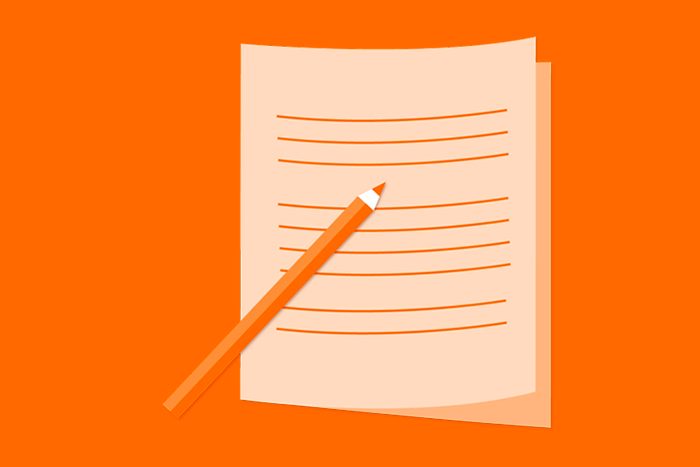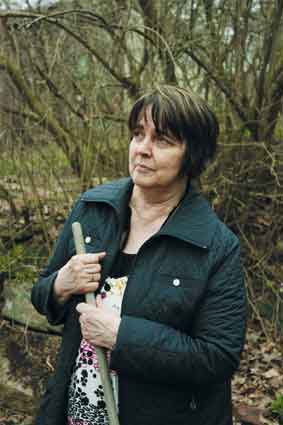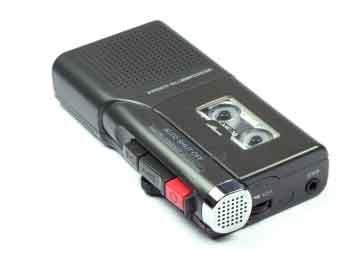

Viewpoints
Viewpoints is a blog in which different writers express their views and opinions on current topics. A new blog post is published about once every four weeks.
You can propose texts by e-mail to viestinta@kesko.fi. The maximum text length is 2,000 characters.
Diverse learners need support in their work
Wellbeing at work is much talked about today, but on the other hand, so is burn-out. Burn-out can happen to people from different population groups: young women and men, older women having responsible duties, and many others. Diverse learners are very susceptible to burn-out, in case their working and learning styles have not been accommodated for.

The requirements set by working life have increased and working conditions change at a rapid pace. Time pressures are present everywhere. Nobody has time to teach new people, or the use of new equipment, or the adoption new operating practices. Time pressure is our worst enemy. If we don't have time to listen or watch, wellbeing is lost for ourselves and for our fellow people.
We can burn out at work for many reasons: if we are not heard, if we don't get the opportunity to use our strengths, if the working environment is completely unsuitable, or if proper facilities are not available. Burn-out can also have many faces: reluctance, headaches or backaches. At worst, the result can be depression.
Every workplace has ”diverse learners”
Diverse learners often have learning difficulties, and they learn, remember, do and perceive things differently. They are particularly susceptible to burn out, if the ways in which they act and learn are not taken into account.
They need a peaceful learning and working environment, and an unhurried induction into new duties. Work arrangements and facilities are often necessary for them. For example, a slow writer might need a voice recorder for taking notes, or recording assignments. A slow reader should have a reader/scanner and voice synthesiser for transforming texts into sound. A talking proof reading device would help many.
Some 20% of the population are diverse learners. Despite learning difficulties, they have areas of very strong competences, but unfortunately some of them never become members of a working community. 
What kind of workplace supports employees' wellbeing?
From the employer's point of view, it is useful and from the employee's point of view, it is important that the strengths become visible and are put to good use in the workplace.
How, then, can the strengths be found out? Adult education and training use competence identification and acknowledgement, which means that individual competences and strengths, but also the weakest areas are established. On that basis, education is tailored to suit the needs of each learner.
What kind of model should be developed in working life in order to make use of diverse competences and strengths? Could the identification and acknowledgement model used in adult education and training be adopted?
Personalisation and individualisation are helpful in creating as good a working environment as possible and in choosing the right kind of working equipment and facilities for each of us. Work assignments can be performed in many ways: alone, together or in teamwork, as in my case. I am dyslexic and make lots of typos, although I use the spelling checker. Our communications officer checks my texts, enabling me to write and produce content. A healthy workplace discusses, it appreciates and accommodates diversity, and it pulls together.
Airi Valkama is the President of the Finnish Diverse Learners' Association www.erilaistenoppijoidenliitto.fi.